British Columbia’s got some of the world’s most incredible white-water adventures. The province’s wilderness holds countless rivers that cascade from snow-capped peaks, carving through ancient forests while creating rapids ranging from peaceful family floats to intense Class V challenges. Whether you’re completely new to river running or you’re an experienced paddler hunting for your next rush, BC’s waterways offer experiences you simply won’t find elsewhere.
The diversity here is remarkable. You can paddle through desert canyons in the southern interior, tackle glacial-fed torrents in the Rockies, or drift past old-growth cedars on Vancouver Island. Each river has its own character — shaped by geology, climate, and the landscape around it.
Here’s a list of 17 river rafting trips that showcase BC’s finest offerings.
Fraser River
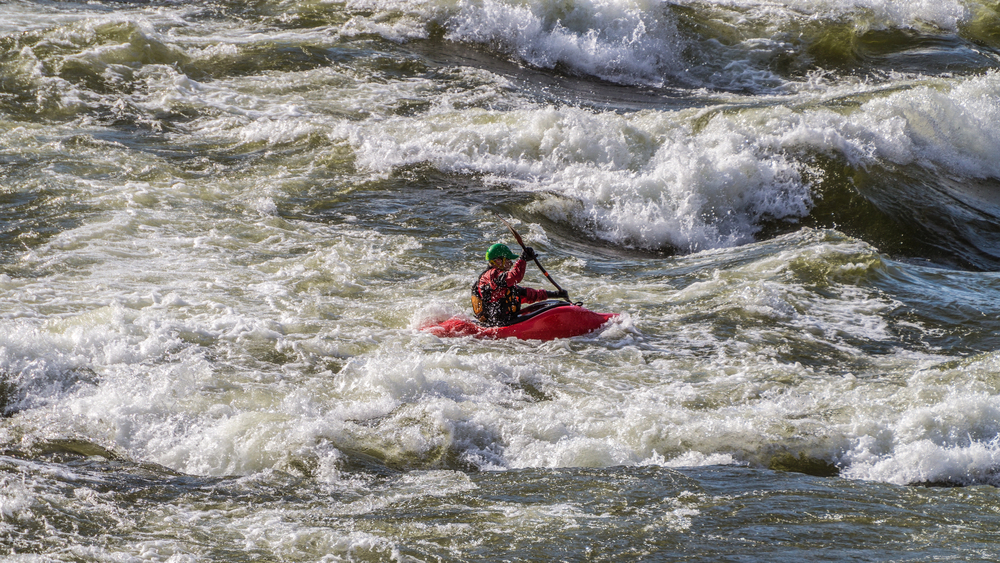
The Fraser River’s earned its spot as BC’s most famous waterway for excellent reasons. This enormous river system drains roughly a quarter of the province — flowing over 850 miles from the Rocky Mountains to the Pacific. The rafting section through Fraser Canyon delivers steady Class III and IV rapids with names like ‘Hell’s Gate’ and ‘Black Canyon’ that definitely hint at what’s coming. Commercial outfitters operate here from spring through fall, which makes it accessible for intermediate paddlers wanting big water without venturing into expert-only territory.
Thompson River
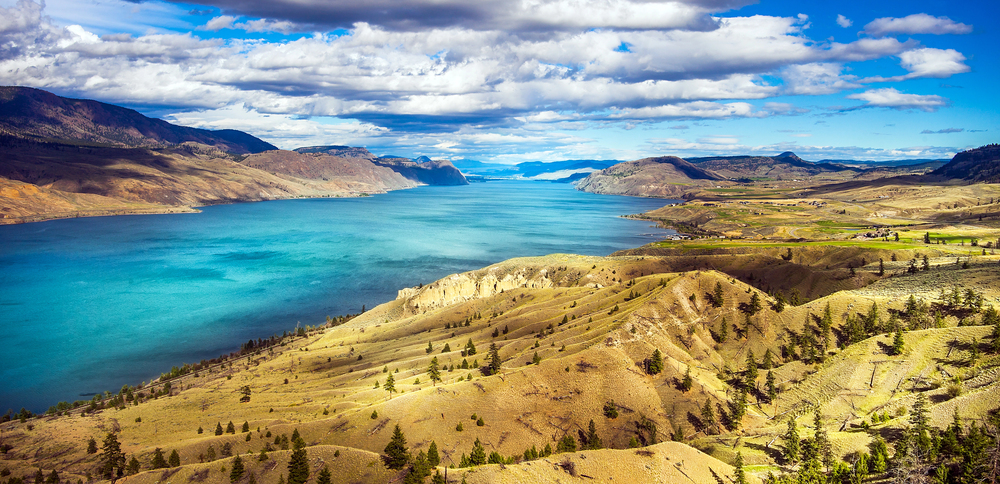
The Thompson provides an ideal introduction to BC river running. Near Kamloops, this desert river winds through sagebrush country where water temperatures actually feel refreshing during blazing summer days. Rapids here max out at Class III — exciting yet manageable for families and newcomers. It’s basically nature’s roller coaster, delivering plenty of splashes and thrills without the intimidation factor that comes with bigger water.
Chilko River
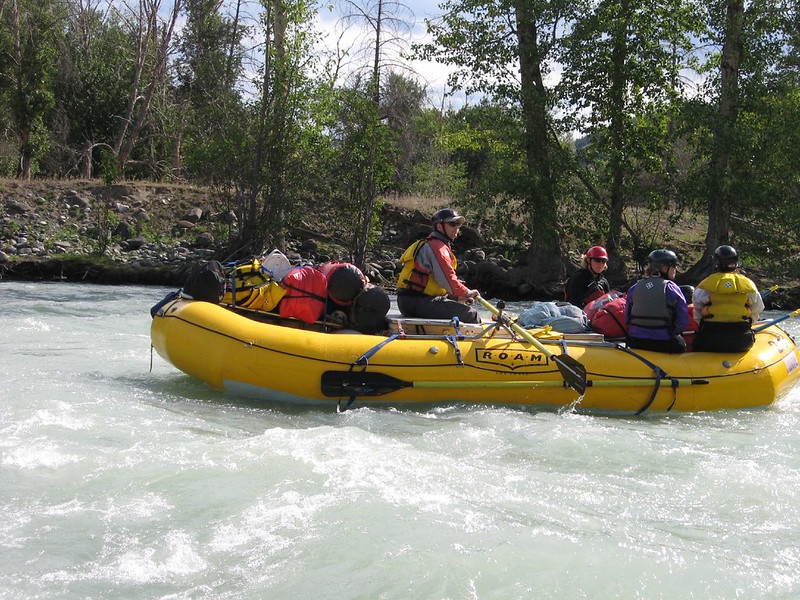
The Chilko offers one of North America’s most remote and pristine rafting experiences. This wilderness gem flows through the Chilcotin region’s heart — where you’ll spot eagles and bears more often than other humans. The river features steady Class III rapids broken up by calm pools that’re perfect for wildlife watching. Multi-day trips here feel like time travel, camping on gravel bars beneath star-filled skies that city folks rarely experience.
Adams River
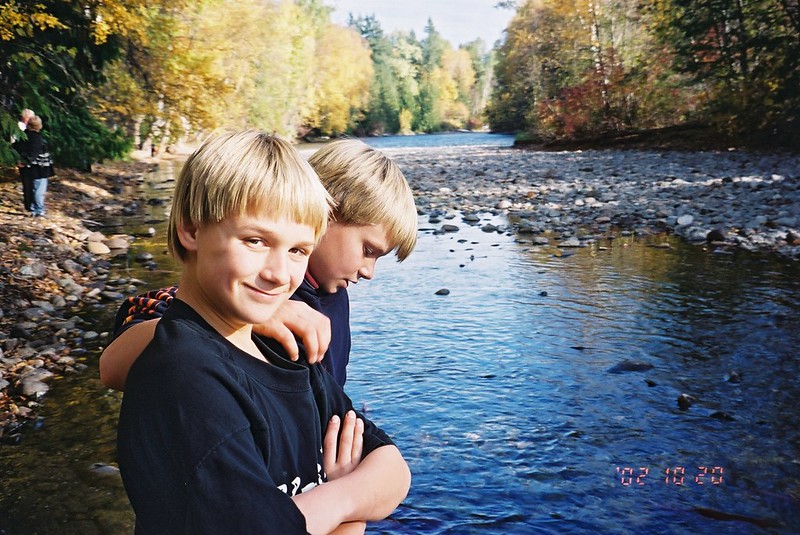
The Adams near Chase delivers reliable excitement against a postcard-worthy backdrop. This glacially-fed river maintains cold, clear water throughout paddling season — creating ideal conditions for both fish and rafters. Rapids range from Class II to IV, offering variety within a single day trip. Every four years, millions of sockeye salmon return to spawn here, creating one of nature’s most spectacular displays if you time it right.
Kicking Horse River
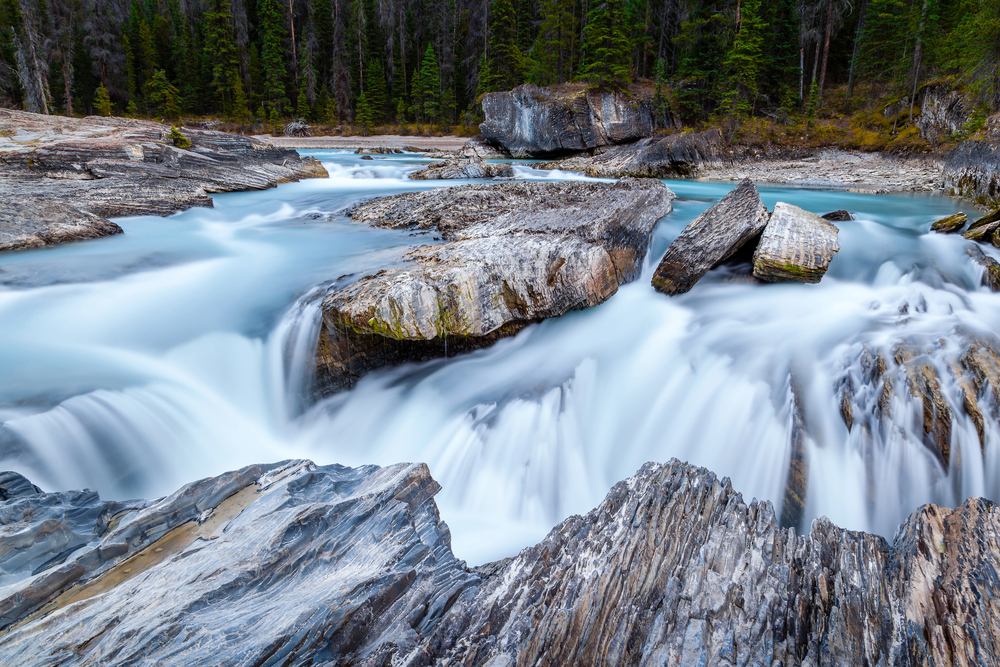
The Kicking Horse lives up to its wild name through some of the Canadian Rockies’ most technical rapids. Near Golden, this river plunges through a narrow canyon with Class IV and V rapids that demand serious respect and skill. The scenery alone justifies the trip — towering peaks rise straight from the riverbank, forming an amphitheater of granite and ice. Commercial trips focus on the lower canyon where rapids are challenging yet still within reach for intermediate rafters pushing their limits.
Nahatlatch River
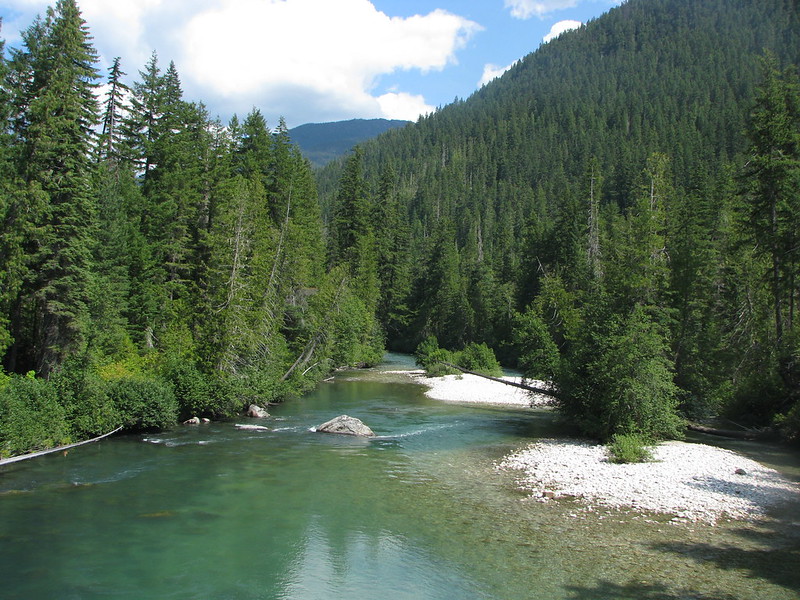
The Nahatlatch provides perfect wilderness-accessibility balance. This Fraser tributary flows through old-growth forest where Douglas firs and western red cedars create a green cathedral overhead. Rapids here are mostly Class II and III — ideal for paddlers wanting beautiful scenery without constant technical challenges. Day trips are popular, though overnight camping adds a completely different dimension to the experience.
Babine River
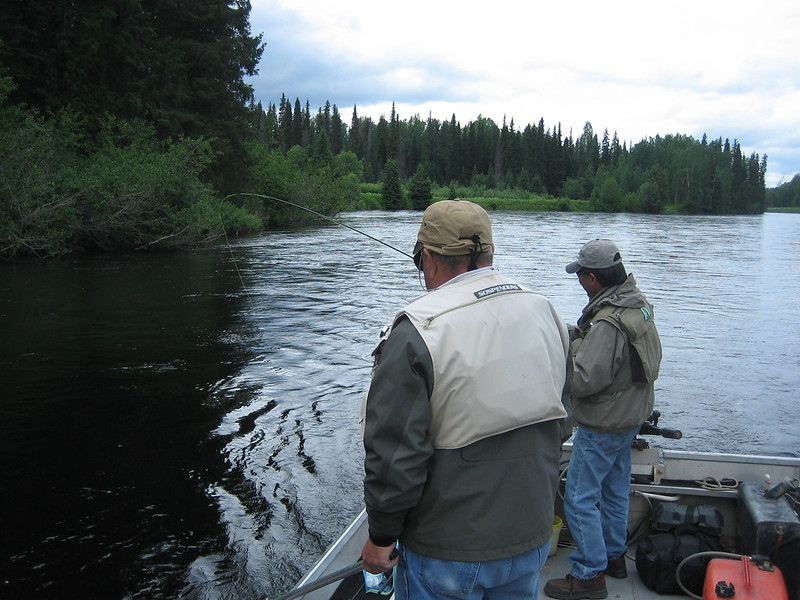
Northern BC’s Babine offers something totally different from southern mountain rivers. This waterway meanders through boreal forest and meadowlands — creating a gentler rafting experience that emphasizes wildlife viewing over white-water thrills. Moose, black bears, and countless bird species call this area home. The river’s remote location means careful planning, yet the solitude and pristine environment make extra effort worthwhile.
Tatshenshini River
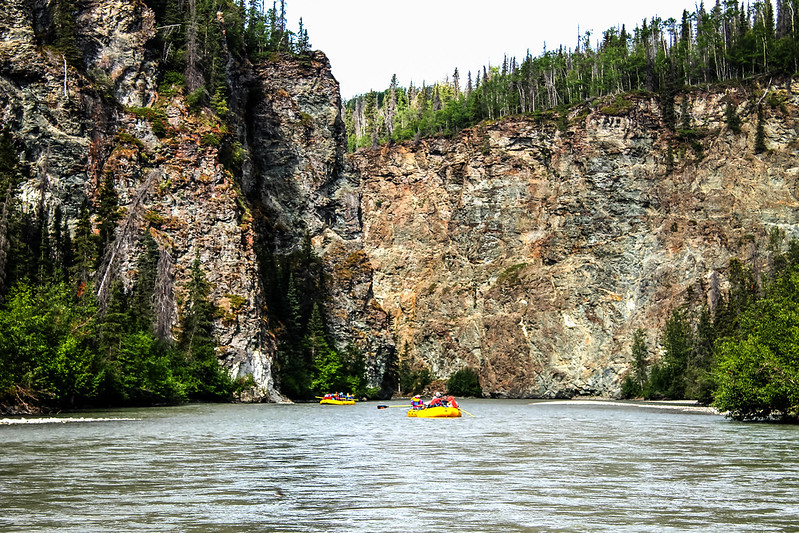
The Tatshenshini delivers the ultimate wilderness rafting adventure. This UNESCO World Heritage Site flows from Yukon through BC into Alaska — passing through some of the continent’s most remote, untouched landscape. Multi-day expeditions cross international borders and multiple ecosystems, from alpine tundra to coastal rainforest. The river itself offers Class II and III rapids, but the real draw is complete immersion in one of North America’s last great wilderness areas.
Squamish River
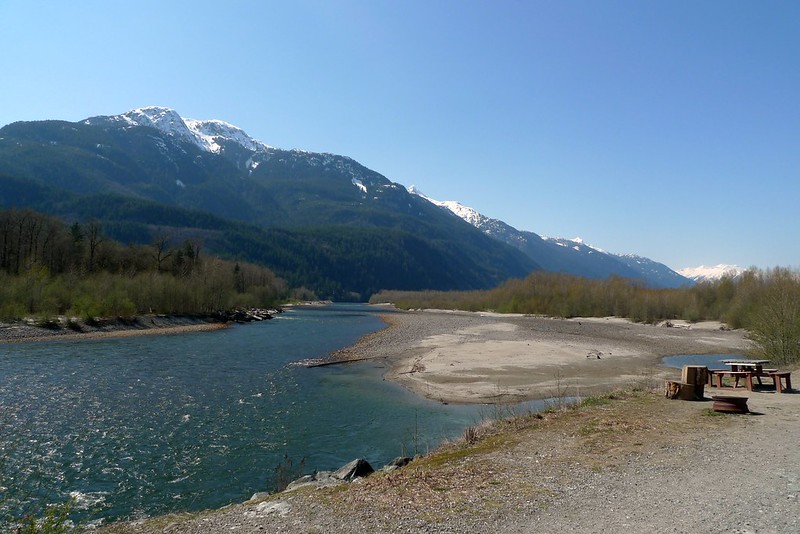
The Squamish provides quality rafting access just 40 miles north of Vancouver. This glacially-fed river offers Class II and III rapids perfect for beginners and intermediate paddlers alike. The surrounding Coast Mountains create dramatic backdrops, especially when clouds lift revealing snow-covered peaks. Commercial outfitters make this river particularly accessible for urban dwellers wanting quick nature escapes without extensive travel.
Elaho River
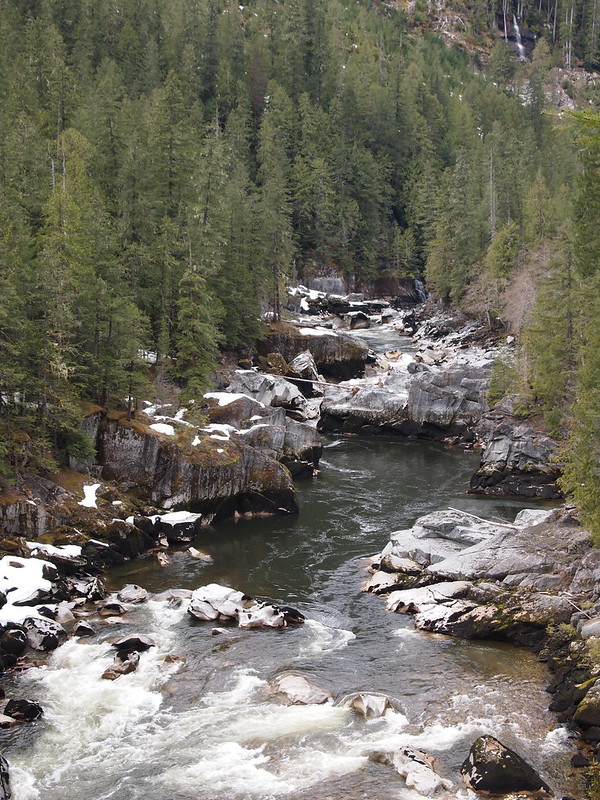
The Elaho flows through the Coast Mountains’ heart, offering some of BC’s most spectacular scenery. This Squamish tributary features consistent Class III and IV rapids winding between towering granite walls. Water stays cold year-round thanks to glacial input, though the rapids’ technical nature keeps paddlers plenty warm. Multi-day trips allow time for exploring side canyons and waterfalls that few people ever see.
Chilliwack River
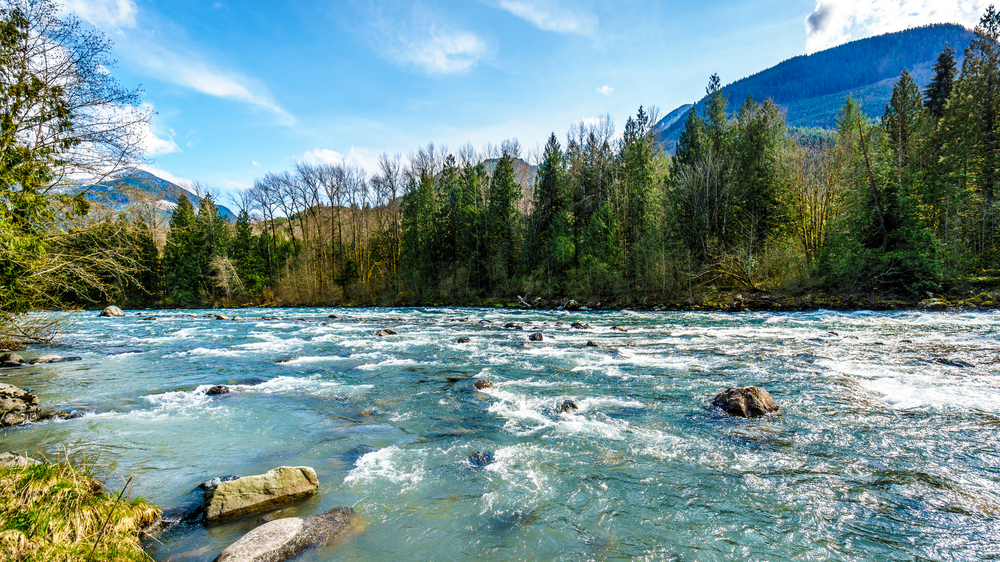
Located in Chilliwack River Valley Provincial Park, this waterway features gentle Class I and II rapids ideal for families and complete beginners. The river flows through second-growth forest with occasional mountain glimpses. Summer water levels make for comfortable floating, while spring runoff adds excitement for those seeking it. It’s a great BC rafting introduction for Vancouver-area folks.
Clearwater River
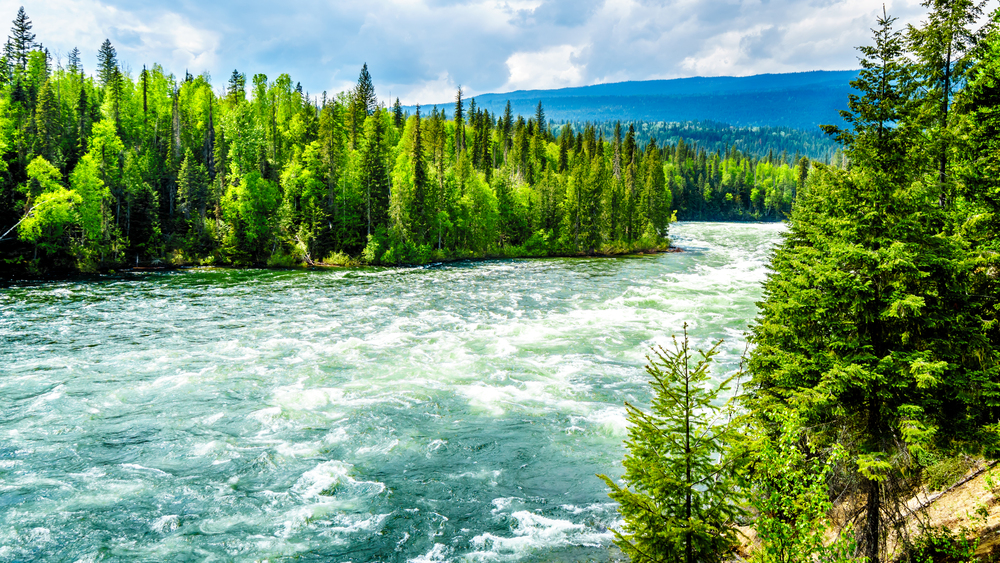
Near Wells Gray Provincial Park, the Clearwater combines rafting with some of BC’s most impressive waterfalls. This waterway features Class II and III rapids flowing through volcanic landscape created by ancient lava flows. The surrounding area contains over 200 waterfalls, including spectacular Helmcken Falls which drops 463 feet into a deep canyon. Multi-day trips allow time to explore the unique geology and abundant wildlife that make this area special.
Bow River
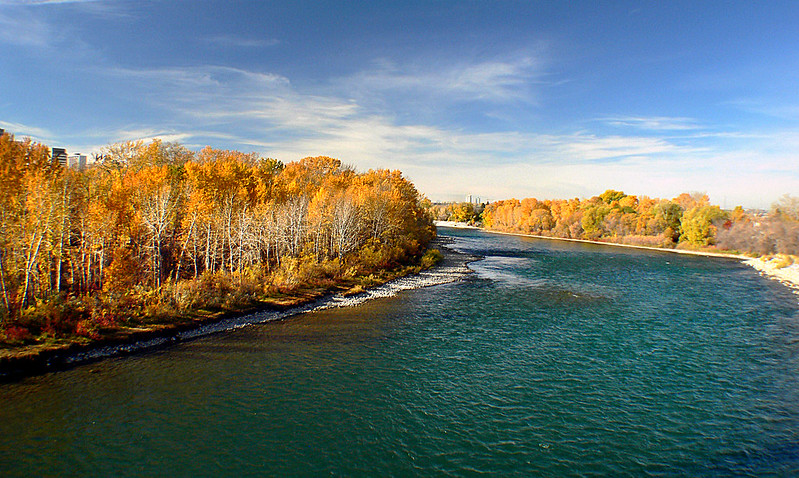
The Bow offers excellent rafting opportunities in the Canadian Rockies’ heart. Flowing east from Bow Lake, this river provides Class II and III rapids with mountain scenery rivaling anywhere worldwide. The Canmore section is particularly popular, offering half-day and full-day trips working well for families and intermediate paddlers. Wildlife sightings are common, including elk, deer, and occasionally bears along riverbanks.
Athabasca River

The Athabasca provides unique rafting experiences in Jasper National Park. This large river system offers mostly Class I and II rapids, making it ideal for scenic floats rather than adrenaline-pumping runs. The real attraction here is the setting — glaciated peaks, extensive wildlife populations, and pristine wilderness looking much the same as centuries ago. Multi-day trips allow exploration of remote sections where few visitors ever venture.
Similkameen River
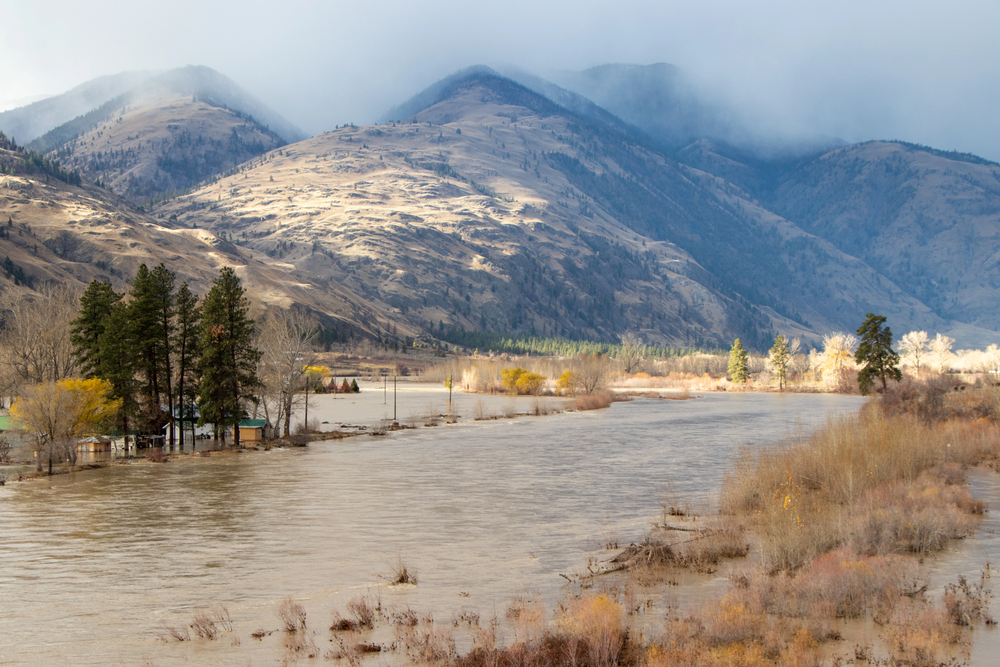
The Similkameen flows through southern BC’s dry interior valleys, creating desert rafting experiences unlike anywhere else in Canada. This waterway features Class II and III rapids winding between sage-covered hills and ponderosa pine forests. Summer temperatures often exceed 80 degrees, making cool river water particularly refreshing. The contrast between arid landscape and flowing river creates an almost surreal paddling environment.
Campbell River
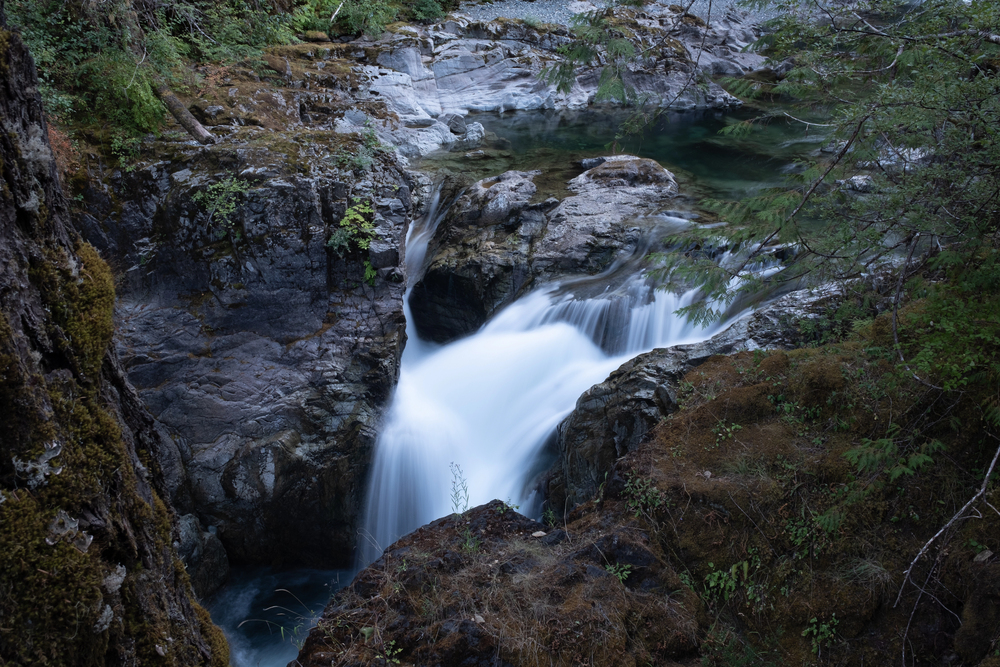
Vancouver Island’s Campbell River offers excellent rafting opportunities in old-growth forest settings. This waterway features Class II and III rapids flowing beneath towering Douglas firs and western red cedars, some over 800 years old. The river maintains relatively warm water temperatures compared to mainland rivers, extending comfortable paddling seasons. Steelhead and salmon runs add excitement for anglers, while lush coastal rainforest environments provide completely different feels from interior BC rivers.
Yalakom River
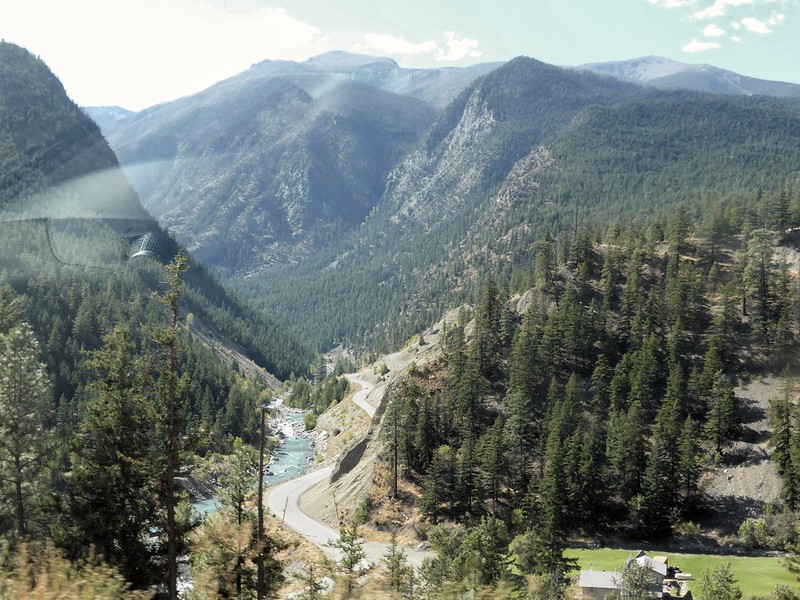
The Yalakom provides challenging rafting in remote wilderness settings. This Bridge River tributary features technical Class III and IV rapids demanding solid paddling skills and good judgment. Surrounding Lillooet ranges create dramatic scenery, while the river’s remote location ensures true wilderness experiences. Commercial trips are limited, making this more of a destination for experienced paddlers seeking off-the-beaten-path adventures.
Where Rivers Meet Mountains
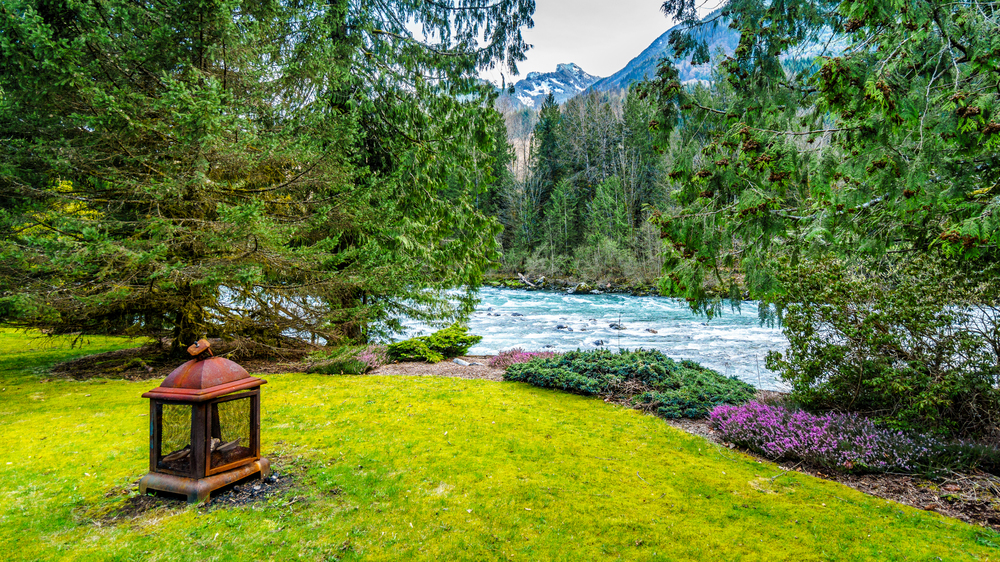
These BC rivers represent far more than recreational opportunities — they’re living connections to the province’s wild heritage. Each waterway tells stories of glaciers and geology, wildlife and weather patterns that have shaped this landscape for millennia. Today’s rafters follow routes Indigenous peoples have used for thousands of years, floating through country that remains largely unchanged despite the modern world pressing in from all sides. The best part? With proper planning and environmental respect, these experiences will remain available for future generations to discover.
More from Travel Pug

- 20 Best Beach Towns in the Carolinas
- 13 Destinations Where Tourists Regularly Regret Their Trip
- 20 Things You Actually Get in First Class
- 20 Small Airports With Aviation Museums
- 20 Places in the U.S. That Are Perfect for a Reset Trip
Like Travel Pug’s content? Follow us on MSN.
